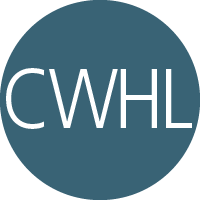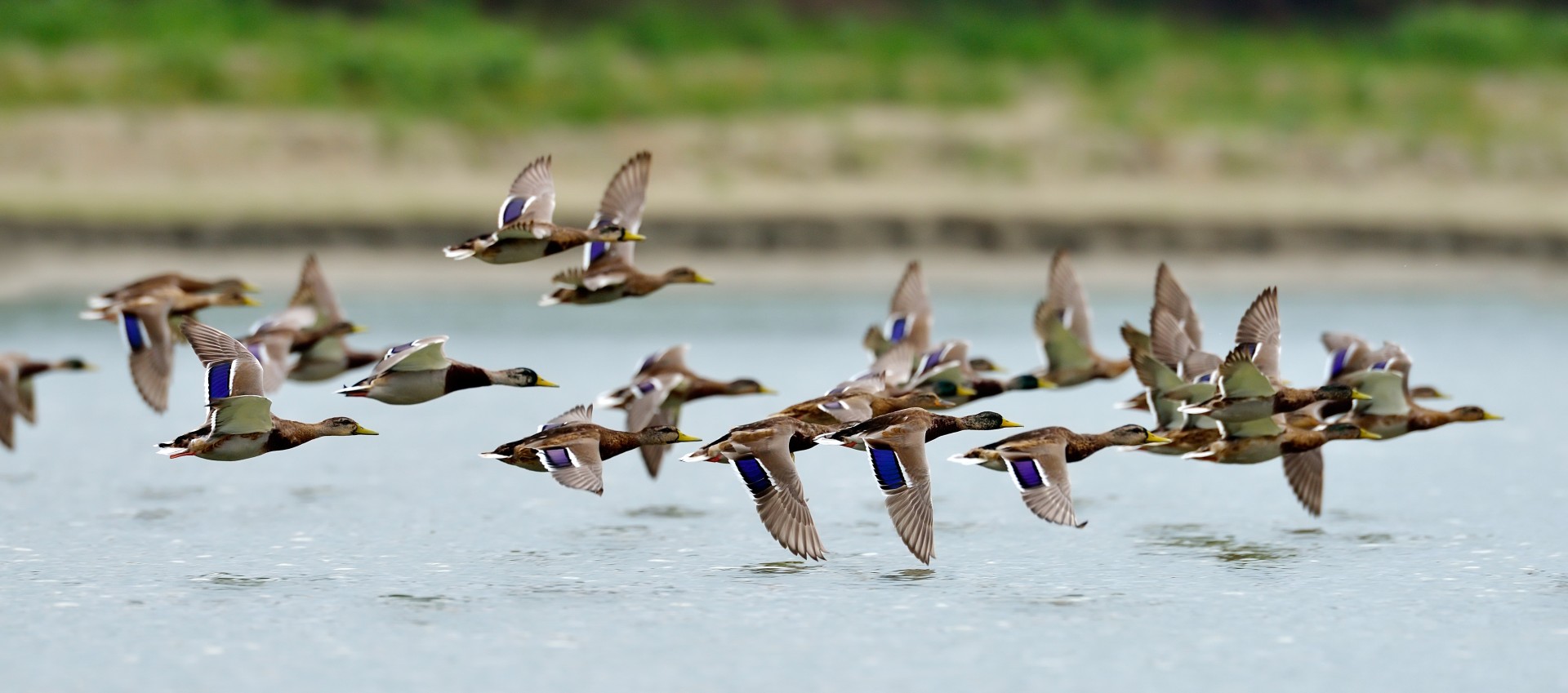2025 Project Update
The WHP recently concluded an assessment of environmental contaminants in frequently harvested waterfowl in the Northeast Atlantic Flyway, and published it in Science of the Total Environment. Overall, our study suggested that Canada geese and wood ducks had lower contaminant levels than green-winged teal, black ducks, and mallards, although we did find PCBs and at least one OCP and PFAS in every bird collected. These data are being used by state health departments to update consumption advisories for hunters, if necessary. The study has garnered attention worldwide, with invitations to present the work both nationally and internationally at the inaugural Safe Game Meat Conference in Portugal.
Formerly of the WHP, first author David Dayan, is currently pursuing his PhD at the University of Minnesota under an NSF Graduate Research Fellowship. The waterfowl project was funded by an Association of Fish and Wildlife Agencies Multistate Conservation Need Grant and co-authored by state biologists from the New York Department of Environmental Conservation, the Pennsylvania Game Commission, the New Jersey Department of Fish and Wildlife, the Connecticut Department of Energy and Environmental Protection, and others.
Project Background
A comprehensive evaluation of chemical contaminant loads in waterfowl at a flyway spatial scale is lacking to adequately assess the health of waterfowl and the potential impact on hunters who consume them. Waterfowl hunters in the Atlantic Flyway harvest approximately 1.5 million ducks and more than 450,000 geese, annually. In the northeast portion of the Atlantic flyway, it has been three decades since a study has assessed the levels of legacy compounds, such as mercury. Contemporary compounds, such as per- and polyfluoroalkyl substances (PFAS), have not been assessed in waterfowl. The 200,000 waterfowl hunters in the Atlantic Flyway need better information about contaminant levels in wild waterfowl to make informed decisions about species consumption safety.
Our goal in the waterfowl contaminant study is to collect data capable of allowing state wildlife agencies and health departments in a four-state area (NY, NJ, PA, and CT) to update consumption advisories for waterfowl given information on the levels of chemical contaminants. Current consumption advisories are based on old data, are relatively broad by species, and not particularly informative, which may dissuade new or cautious hunters from pursuing waterfowl. Data resulting from this study will also inform wildlife agencies of the need (or not) to conduct further intensive surveillance to understand the impact of these contaminants on waterfowl populations based more specifically on species, location, or compound.
Using a statistically robust study design, tissue samples have been collected from five species of hunter-harvested ducks and geese (mallard, American black duck, Canada goose, American green-winged teal, and wood duck) across 13 ecoregions in the four-state area. Laboratory analysis will determine the levels of six types of contaminants (PCBs, dioxins, furans, organochlorine pesticides, mercury, and PFAS) in waterfowl across the study area.
The publication can be found here:
Dayan D, Hanley B, Stiller J, Richter W, Gregg I, Huck N, Huang M, Nichols T, Spliethoff H, Becker J, Murphy L, Schuler K. 2025. Environmental contaminants assessment for frequently harvested migratory waterfowl in the Northeast Atlantic Flyway. Science of the Total Environment. https://doi.org/10.1016/j.scitotenv.2025.178474.
The data can be found here:
Dayan D, Hanley B, Schuler K. 2024. Ecotoxicology data package: contaminants in migratory waterfowl in the Northeast United States. Cornell University Library eCommons Repository. https://doi.org/10.7298/0sss-m363.
For more about the science behind the project:
Check out the Cornell Chronicle's latest article: Contaminants found in commonly hunted waterfowl



